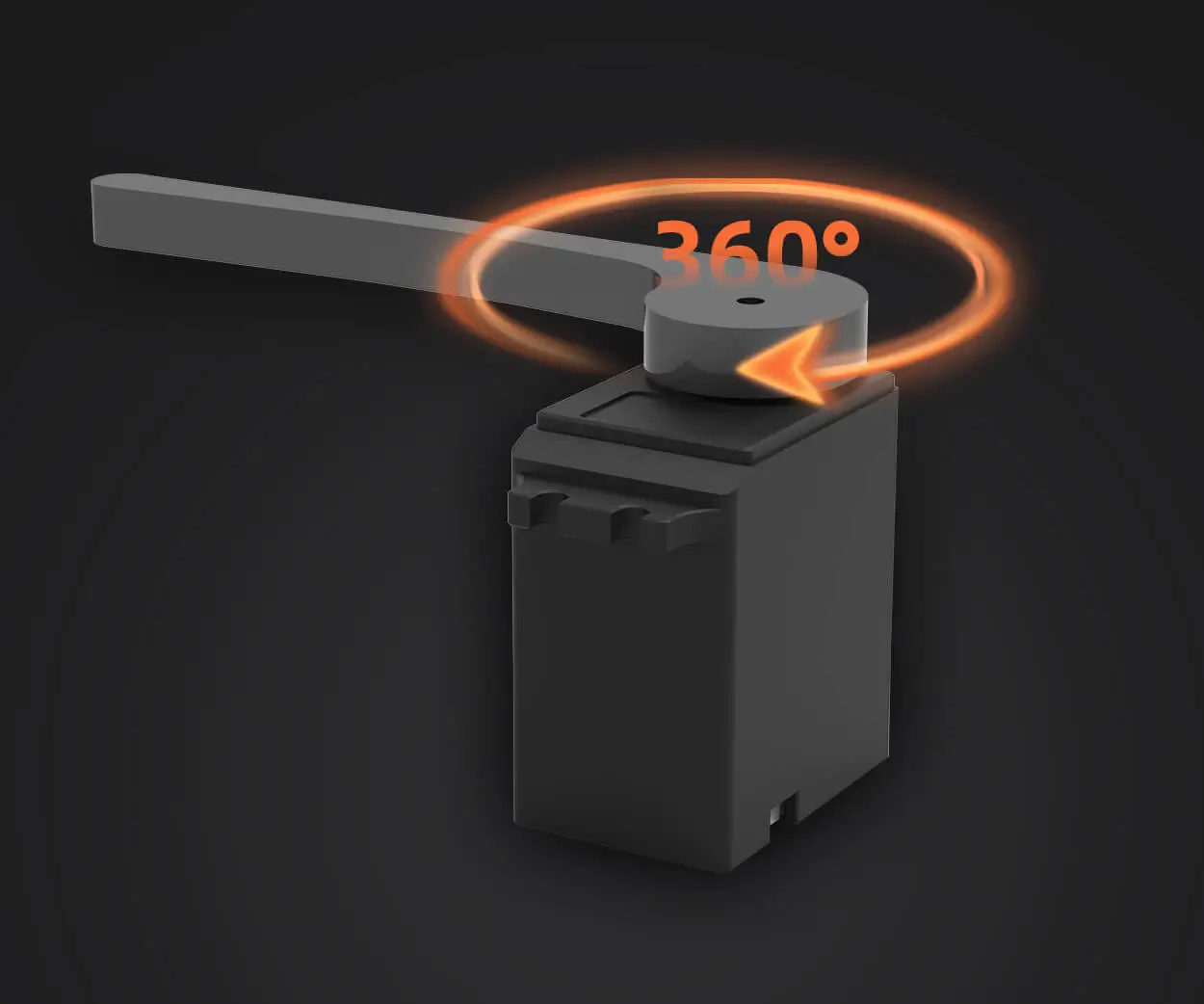Imagine managing a sprawling digital ecosystem where speed, agility, and scalability aren’t just buzzwords—they’re the backbone of your success. Enter AWS API Gateway combined with microservices architecture. If that sounds like tech jargon overload, stick with me. It’s actually a game-changer, a flexible toolkit for building apps that can grow and adapt on the fly.

Think about it: in the old days, monolithic architectures meant deploying massive chunks of code, hoping everything chunks together without breaking. Now, microservices break down that giant workload into bite-sized, manageable pieces—independent, fast, and easy to update. AWS API Gateway acts like the traffic cop for your microservices, directing requests smoothly, securely, and swiftly.
So, what makes this combo so compelling? Picture a scenario where your app suddenly experiences a surge of users after that viral post. With a savvy microservices setup, each component can scale independently. The API Gateway ensures each request finds its way to the right microservice without bottlenecks. It’s almost like having an intelligent receptionist who knows exactly where each call or message should go, no matter how busy it gets.
And let’s be honest—one of the real strengths is how seamlessly you can introduce new features or update existing ones. Instead of rewiring your whole app, you just add or replace a small microservice. It’s like swapping a part in a well-oiled machine rather than rebuilding the entire thing. Plus, with AWS’s global infrastructure, latency drops dramatically, turning sluggish load times into lightning-fast experiences—exactly what keeps users engaged.
But here's a question—how do you handle security, especially when opening up multiple microservices through APIs? Easy. Implement authentication at the gateway level. It’s like setting the gate before a gated community—only authorized visitors get through, but it doesn't slow down the good guests. And with AWS’s built-in tools, encryption and access controls become second nature.
Nothing beats the feeling of knowing your architecture is resilient. Failures happen, sure. But when your backend splits into microservices, if one drops or falters, the others keep humming along. It’s like having a backup guitar in a band—no silence, just seamless continuity.
The cherry on top? Cost-efficiency. Microservices mean you’re not throwing money at oversized servers running idle. Instead, resources are allocated precisely, which makes scaling cost-effective even during unpredictable traffic spikes.
In the world of digital innovation, the right architecture makes all the difference. Combining AWS API Gateway with microservices isn’t just a trend; it’s a pragmatic response to a fast-changing landscape. For those serious about staying ahead, this approach offers flexibility, security, and speed—locking in your competitive edge for tomorrow and beyond.
Established in 2005, Kpower has been dedicated to a professional compact motion unit manufacturer, headquartered in Dongguan, Guangdong Province, China. Leveraging innovations in modular drive technology, Kpower integrates high-performance motors, precision reducers, and multi-protocol control systems to provide efficient and customized smart drive system solutions. Kpower has delivered professional drive system solutions to over 500 enterprise clients globally with products covering various fields such as Smart Home Systems, Automatic Electronics, Robotics, Precision Agriculture, Drones, and Industrial Automation.




































